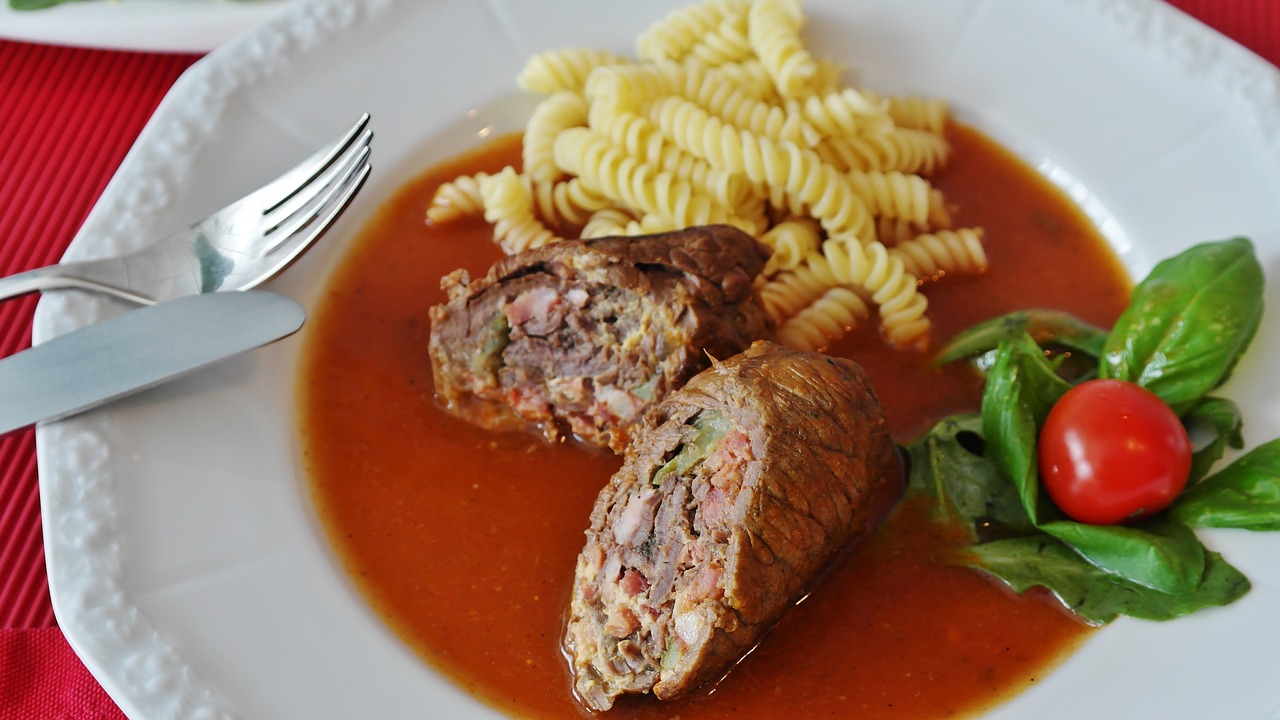Let’s investigate these two methods of slow cooking food.
- Braise: to cook (meat, fish, or vegetables) by sauteing in fat and then simmering slowly in very little liquid
- Stew: to undergo cooking by simmering or slow boiling; a preparation of meat, fish, or other food cooked by stewing, especially a mixture of meat and vegetables
Both braising and stewing:
- Are used to prepare meat, poultry, fish, and/or vegetables
- Are methods of slow cooking (can use a slow cooker for both)
- Make use of moist heat in conjunction with dry heat
- Typically require covering the pot – the food cooks in both liquid and steam
- Further develop the flavor of foods
- May or may not involve browning the meat beforehand
With braising, not a great amount of liquid is used – a good half of the beef is exposed to the air.
Braising involves large, often fatty, cuts of meat that are typically difficult to cook by dry heat alone; “braising does no favors for tender cuts of meat.” (So don’t waste expensive, better types of meat on braising.)
Meat ideal for braising would be tough and fatty, such as rump roast or brisket. Leaner cuts of meat, like a sirloin steak, should not be braised, as the meat would become stringy and lose its tenderness.
When food is stewed, smaller, more uniformly shaped supple pieces of meat are completely submerged in liquid. As the definition of stewing asserts, this method of cooking is more likely to entail a combination of meats and vegetables. Just as with – you got it – stew.
Interestingly, although stewing requires more liquid than braising, it’s braising that is credited for producing a truly flavorful liquid. The liquid can be saved to be used as the base of a sauce.
To recap, the difference between braising and stewing is boiled down to (pun intended) what kind of meat is used, and the amount of liquid it is cooked in.
